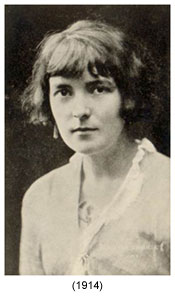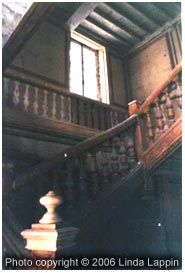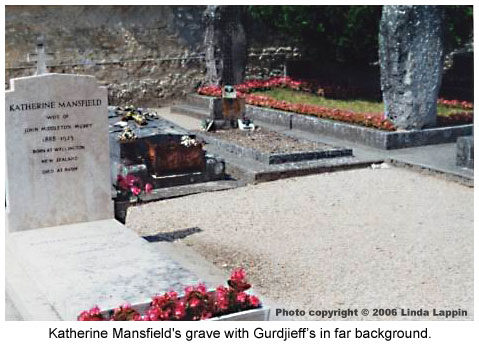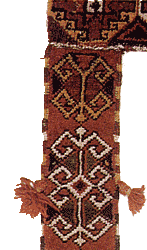


|
Katherine Mansfield at Fontainebleau
Katherine Mansfield
(1888-1923) Born 14 October 1888, Wellington, New Zealand, to a prosperous merchant family. In August 1908 she arrived in London with her cello, which she continued to study for two years before turning decisively to writing. Her first stories were a homage to the Russian storywriter and dramatist Anton Pavovich Checkov, whose work she knew primarily through Constance Garnett’s translations. In 1910 A. R. Orage featured several of her pieces in The New Age. In 1911, KM began to collaborate with the critic, editor and publisher, John Middleton Murry. A vivacious, articulate, intensely questing and unconventional spirit from the colonies, Katherine stormed London’s social, literary and intellectual scene as the world went to War. She and Murry married in 1918. KM’s tempestuous friend – the novelist D. H. Lawrence, as well as the example and friendship of Bloomsbury novelist, critic and journalist Virginia Woolf also proved significant influences. Mansfield published three short story collections during her life—In a German Pension (1911), Bliss and Other Stories (1920), and The Garden Party and Other Stories (1922). These slim volumes firmly established her reputation as an original, impressionistic, and bravely experimental short-story writer. Two posthumous story collections followed, The Dove’s Nest (1923), Something Childish (1924), then her journal and a large body of letters. These few, still widely-read volumes comprise her legacy. She continues to be the subject of biographical, dramatic, and fictional accounts, as well as anthologies and literary analysis. As the American novelist and poet Linda Lappin observes in her thoughtful 2002 essay “The Ghosts of Fontainebleau”: Appealing to over four generations of readers and critics, the work of Katherine Mansfield still sells briskly all over the globe. It is the myth of the woman even more than her extraordinary work that continues to create this world-wide interest. (1) Mansfield’s chronic poor health, several miscarriages and her 1911 infection with then often fatal tuberculosis, made death her early and familiar adversary. She struggled to develop her story writing and endured poverty, depressing stretches in TB sanatoriums and alienation from Murry. At Orage’s suggestion, she attended a few of P. D. Ouspensky’s lectures in London; then Katherine sought the latter’s personal advice. Ouspensky describes her as almost on death’s door, but aware of it and struggling valiantly to make the best use of her final days. By the summer of 1922 Katherine faced the fact that her disease was probably terminal and she abandoned the expensive and ineffective radiation treatments then fashionable for consumptives. In search of spiritual, if not physical regeneration, she entered Gurdjieff’s Institute for the Harmonious Development of Man on October 18, 1922. Linda Lappin sums up the controversy about Mansfield’s death there, less than three months later: Some
of Katherine’s biographers have claimed that if antibiotics had existed back
then, KM would never have gone near Gurdjieff.
Others suggested that her interest derived mainly from a deluded hope
that through his system or his personal influence, she might be physically
healed. Still others decry the fact
that she had fallen under the spell of Gurdjeff’s malign “Rasputin-like” magnetism,
which she was too ill to resist (yet her interest in Gurdjieff’s ideas
pre-dated her encounter with the man).
The main perpetrators of this view were the journalists who flocked like
vultures to the Prieuré after her death, and her own husband, who, years later,
contradicted the statements he had previously made about Katherine’s sojourn
there. By then it had become common
knowledge that Katherine had not died of galloping TB, but had been “killed” by
Gurdjieff. Katherine’s dear friend,
D. H. Lawrence, also added his contribution to this distorted vision
of the facts, not only in a short story, entitled “Mother and Daughter,” in
which he cast both Gurdjieff and Mansfield in a sickly light, but in numerous
bilious attacks on Gurdjieff, although he had never met the man. Such ideas, however, contradict the evidence
which is readily available to anyone willing to peruse her diaries and letters
from 1918 until her death in 1923. (2) Katherine was welcomed and closely cared for by Gurdjieff and company. He enlisted Olgivanna, Adele Kafian and Rose Mary Lillard-Nott to attend to her, then arranged construction of a Persian carpet draped loft for her, over the stalls of the dairy barn, complete with divans, then had the artist Alexander Salzmann decorate the whitewashed walls with colourful designs and cartoons. It was a favourite spot for both Gurdjieff and Katherine. She chatted daily with the milkers and her stream of visitors, and doted on the cows. Gurdjieff himself—when his frantic schedule permitted—enjoyed lounging there. His was an elegant but dangerous generosity—given the risk of TB transmission, either air-born or via their milk supply—but with no apparent medical ill consequence for members of his community. C. S. Nott came to Fontainebleau in the Autumn of 1922, having seen Gurdjieff’s movements demonstrations and attended several of A. R. Orage’s talks in New York. He tells us that Katherine was effusive in her gratitude to Gurdjieff; “If I had gone away from the Prieuré and lived the old life, I should have died very soon of boredom. Here, at any rate, I am alive inside, and the people around me are alive. And I am not Katherine Mansfield the writer, but Mrs. Murry, a sick woman, looked after without fuss or sentimentality.” (3)
Arriving at the Prieuré in December 1922, Ouspensky noted how animated everyone was. He describes his last conversation with Katherine one evening near Christmas time, perhaps a fortnight before her death. She spoke of her certainty that in ordinary life, everyone is blind the to fact that they are ‘shipwrecked’. Then she quietly emphasised, “I know that this is true and that there is no other truth. . . . these people here know it. . . . I am so glad that I can be here.” Recalling these events years later, Ouspensky wrote: “G. was very good to her, he did not insist upon her going although it was clear that she could not live. For this in the course of time he received the due amount of lies and slanders.” (4) KM’s correspondence during her last few months, vividly demonstrates that despite her fragile condition, she was exhilarated by life in the community where she chose to end her days. Late on the evening of January 9th, 1923, Katherine Mansfield collapsed from an abrupt lung hæmorrhage, on a staircase at Murry’s side. She died 30 minutes later, with Drs. Nicoll, Stjoernval, and Young in prompt attendance. J. Walter Driscoll
(1) Linda Lappin The Ghosts of Fontainebleau Southwest Review (Dallas) Volume 87, No. I, 2002., p30. |
~ * ~
Contents |
The Initiation of the Priestess: — James Moore |
|
|
|
|
|
|
|
~ * ~ |
|
Some Internet Explorer users may encounter a Network Login prompt when clicking on the Word Document, just click "Cancel". If you do receive this prompt please notify darryl@digital-bliss.ca. Thank You |
|
References Adele Kafian Linda Lappin Katherine Mansfield: Short Story Moderniser at New Zealand Edge Katherine Mansfield James Moore C. S.Nott Olgivanna A. R. Orage, P. D.Ouspensky Paul Beekman Taylor |
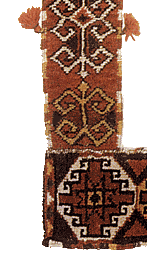
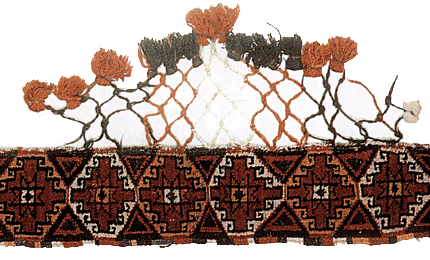
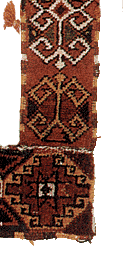
Site design by Darryl Guthrie @ digital-bliss.ca
